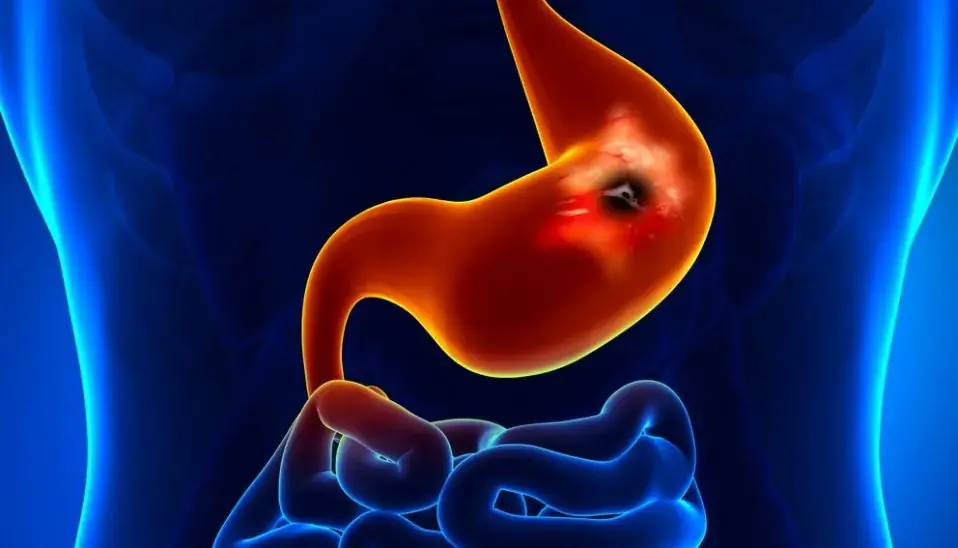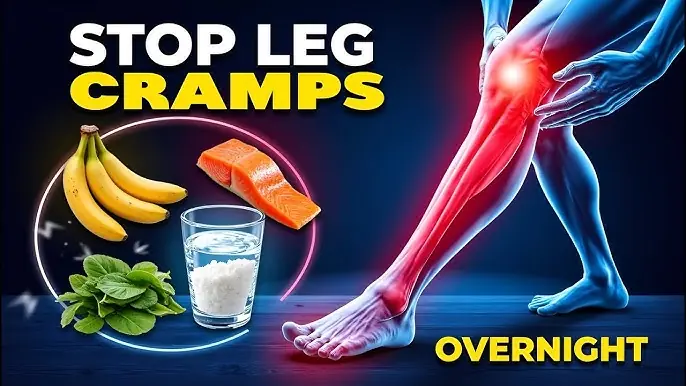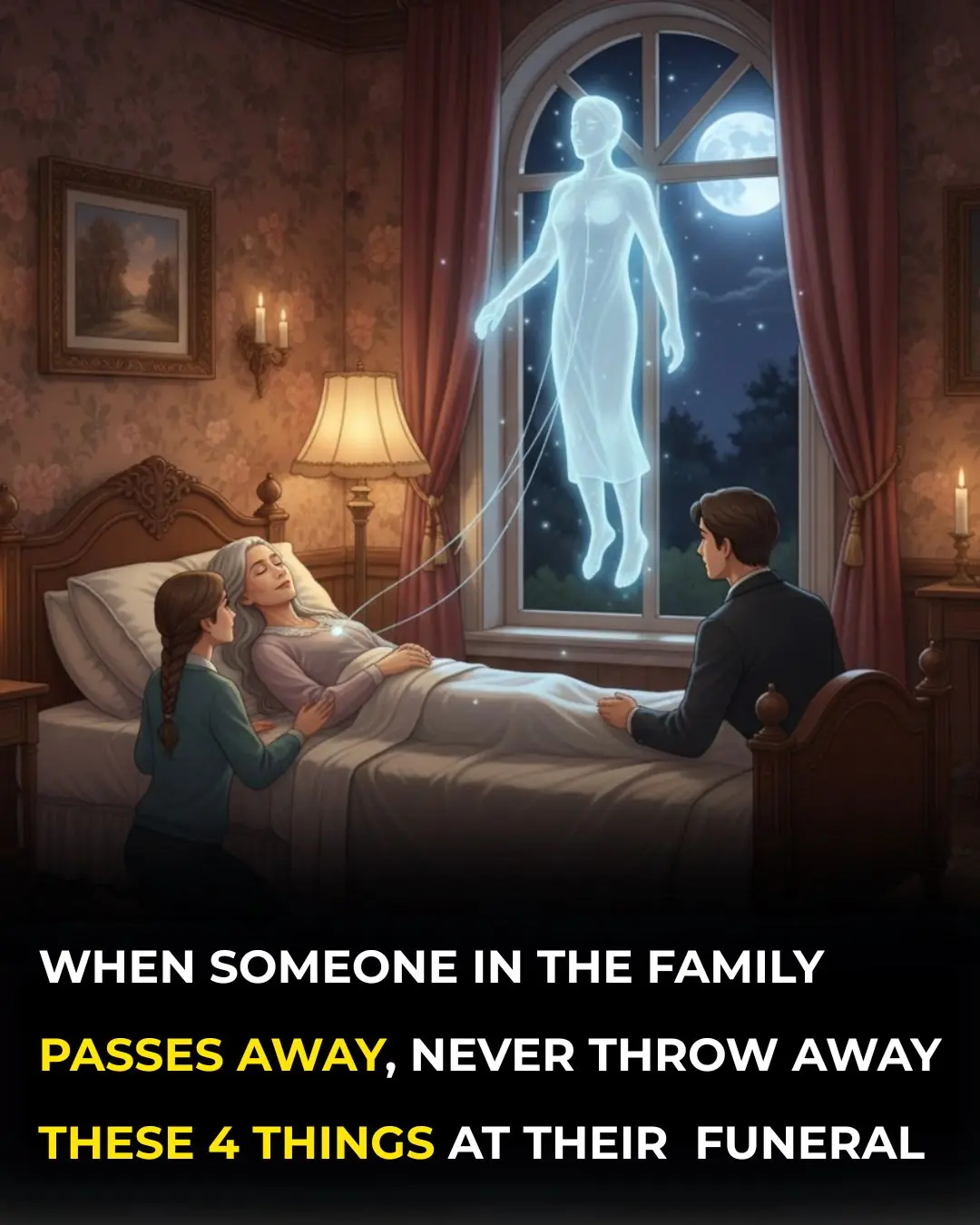
Dead Butt Syndrome Is Real
Dead Butt Syndrome Is Real — Here’s How to Stop It Before It Starts
Dead Butt Syndrome, medically known as gluteal amnesia, happens when your gluteus maximus—the largest muscle in the body—becomes weakened or underactive due to long periods of sitting or inactivity. As modern lifestyles become more sedentary, this condition is becoming increasingly common, especially among people who work at desks or spend hours in front of screens.
Disclaimer: This article is for educational purposes only and should not replace professional medical advice. If you experience ongoing pain or mobility issues, seek guidance from a healthcare provider.
The Hidden Impact of Prolonged Sitting
Sitting may feel harmless, but research has shown that extended inactivity affects far more than just comfort. A sedentary lifestyle increases the risk of:
-
High blood pressure
-
High blood sugar
-
Obesity
-
Cardiovascular issues
-
Decreased circulation
-
Joint stiffness and muscle imbalances
Even people who exercise regularly can still experience negative effects if they spend most of their day sitting. The body is built for movement, and when we spend hours hunched over desks, our muscles begin to adapt—often in ways that work against us. One of the first areas to weaken is the glutes.
What Exactly Is Gluteal Amnesia?
“Gluteal amnesia” is a catchy name for a real biomechanical problem: the glutes become so inactive that they “forget” how to fire properly. When this happens, your body tries to compensate by overusing nearby muscles, including those in the lower back, hip flexors, and legs. That added strain can lead to stiffness, improper posture, and even injuries over time.
The gluteal muscles are responsible for stabilizing the pelvis, supporting your spine, and powering movements like walking, climbing, and standing. When they weaken, your entire kinetic chain is thrown off, leaving you more vulnerable to pain, instability, and reduced athletic performance.
Common Signs of Dead Butt Syndrome
People who develop gluteal amnesia often notice:
✔ Numbness or dull aching in the buttocks after long periods of sitting
✔ Tight or painful hip flexors
✔ Lower back discomfort or stiffness
✔ Knee or hip pain during walking or exercise
✔ Trouble engaging the glutes during workouts
✔ Difficulty building strength or shape in the glute muscles
Some individuals may even notice their posture shifting—such as increased arching in the lower back or hips tilting forward—without realizing the glutes are the root cause.
If you suspect this condition, a physical therapist can perform movement tests to evaluate your muscle activation patterns.
How to Prevent & Treat Gluteal Amnesia at Home
Everyone’s body is different, and it’s helpful to consult a medical professional before starting any rehabilitation program. Still, small daily habits can make a big difference in preventing Dead Butt Syndrome or reversing early symptoms.
1. Activate Your Glutes Daily
You don’t need complicated workouts. Try:
-
Bodyweight squats
-
Glute bridges
-
Clamshells
-
Standing hip extensions
-
Glute squeezes while lying down
Even 3–5 minutes of activation before sitting or exercising can help re-engage the muscles and improve blood flow.
2. Reduce Total Sitting Time
-
Stand up every 30 minutes, even briefly
-
Take short walking breaks at work
-
Use a standing desk part of the day
-
Stretch during long commutes or travel
Frequent movement prevents muscles from “switching off.”
3. Maintain Proper Posture
Poor posture can cause glutes to deactivate over time.
-
Use ergonomic chairs that support the natural curve of your spine
-
Keep both feet flat on the floor
-
Avoid slouching or crossing your legs for long periods
Small posture adjustments protect the lower back and encourage glute engagement.
4. Take Active Breaks Throughout the Day
Set a reminder on your phone or smartwatch. Even 60–90 seconds of movement can help refresh circulation and reduce stiffness. Try:
-
Toe touches
-
Hip-opening stretches
-
Light walking
-
Desk-friendly mobility exercises
5. Train for Strength and Flexibility
Tight hip flexors often contribute to gluteal amnesia by pulling the pelvis forward.
-
Stretch your hip flexors daily
-
Include mobility exercises for the lower back and hips
-
Add strength training that targets all three glute muscles: gluteus maximus, medius, and minimus
Balanced training reduces injury risk and promotes better movement.
6. Maintain a Healthy Weight and Balanced Diet
Excess weight can strain joints and muscles, making posture and mobility worse.
-
Eat whole, nutrient-dense foods
-
Stay hydrated
-
Prioritize protein for muscle support
A healthy diet plays a major role in muscle performance and recovery.
Final Thoughts
Dead Butt Syndrome may sound humorous, but its impact on your comfort, posture, and mobility is very real. The good news is that it’s highly preventable—and in most cases, reversible—with consistent movement, glute activation, and ergonomic habits.
By taking small steps each day, you can keep your glutes strong, your posture aligned, and your body functioning the way it was meant to. Remember: the more you move, the better your glutes (and the rest of your body) will feel.
News in the same category


This little-known natural supplement may shrink artery plaque, study finds

This new million-person study just changed what we know about cholesterol and dementia

How to Survive a Heart Attack When You’re Alone: Immediate Steps You Must Take!

5 Early Warning Signs of Stomach Cancer: Even One Should Prompt a Medical Check-Up

THE MOST OVERLOOKED SIGNS THAT YOU’RE CONSUMING TOO MUCH SUGAR EVERY DAY

Kidney doctor reveals 9 everyday medications that could be silently destroying your kidneys!

Top 3 Foods to Prevent Leg Cramps in Seniors: Strengthen Your Legs Naturally!

Drink This Twice a Day to Help Remove Uric Acid Before It Crystallizes and Causes Joint Pain

How to Use ¼ Teaspoon of Nutmeg to Fall Asleep and Soothe Insomnia Symptoms Overnight

10 Signs you are Eating Too Much Sugar

Three-Food Combo to Strengthen Your Heart

The Hidden Health Benefits of Bananas for Women

Chicken Egg, Garlic, and Honey — You’ll Thank Me for This Simple Recipe

This Syrup Will Stop a Cough Dead in its Tracks – Ginger Thyme Cough Syrup

Take just 1 a day for strong bones, pain-free joints & osteoporosis protection!

Similar To Opium: The Best Natural Painkiller That Grows In Your Backyard

World’s deadliest cancer: 8 early warning signs every older adult should know

Eat okra every day? Here’s what happens to your body!
News Post

Mimosa Pudica Tea: How to Prepare and Health Benefits

🍃 5 Reasons To Add Vinegar to Your Laundry – Safe, Natural & Effective

All lupus cases may be linked to a common virus, study finds

I Went To Pick Up My Wife And Newborn Twins From The Hospital — But She Was Gone, Leaving Only A Note

This little-known natural supplement may shrink artery plaque, study finds

This new million-person study just changed what we know about cholesterol and dementia

Why Should You Flip a Honey Jar Before Buying It? 5 Expert Tricks to Spot Fake Honey

How to Survive a Heart Attack When You’re Alone: Immediate Steps You Must Take!

Reverse Premature Graying With a Simple Black-Dye Remedy Using Starfruit and Potatoes!

These Plants Attract Snakes — Remove Them Immediately

A Child Vanished In A Mall Restroom—The Clue Found 4 Years Later Will Give You Chills

🌿 20 Gentle Benefits of Chewing Clove Daily — The Ancient Spice for Modern Wellness

Her MIL Said “Whoever Has A Son Will Stay” — What Happened Next Shocked The Entire Family

So clever

5 Early Warning Signs of Stomach Cancer: Even One Should Prompt a Medical Check-Up

This Happy Little Boy’s Face Hid A Darkness That Would Shock The World

THE MOST OVERLOOKED SIGNS THAT YOU’RE CONSUMING TOO MUCH SUGAR EVERY DAY

The Secret Power Of The Herb That Helps You Age Gracefully

Off The RecordThe Four Pieces In A Loved One’s Closet You’ll Regret Throwing Away
